Analyzing the Effects of Oil Price Increases on Japan's Economy
VerifiedAdded on 2023/06/07
|7
|809
|64
Report
AI Summary
This report examines the impact of rising world oil prices on Japan's economy, focusing on key macroeconomic indicators. It analyzes the effects of oil price increases on Japan's GDP, fiscal balance, inflation, and trade balance, using aggregate supply and demand graphs to illustrate the economic consequences. The analysis highlights that, as a major oil importer, Japan faces inflationary pressures, a decline in real GDP, a deterioration of its fiscal balance, and an improvement in its trade balance due to reduced oil imports. The report supports its findings with data from 2006 to 2018, and includes graphs from various sources to depict trends in government deficits, GDP, inflation, unemployment, and trade balance. The conclusion emphasizes the challenges Japan faces due to its reliance on oil imports and the need for adjustments to mitigate the adverse effects of rising oil prices.
1 out of 7
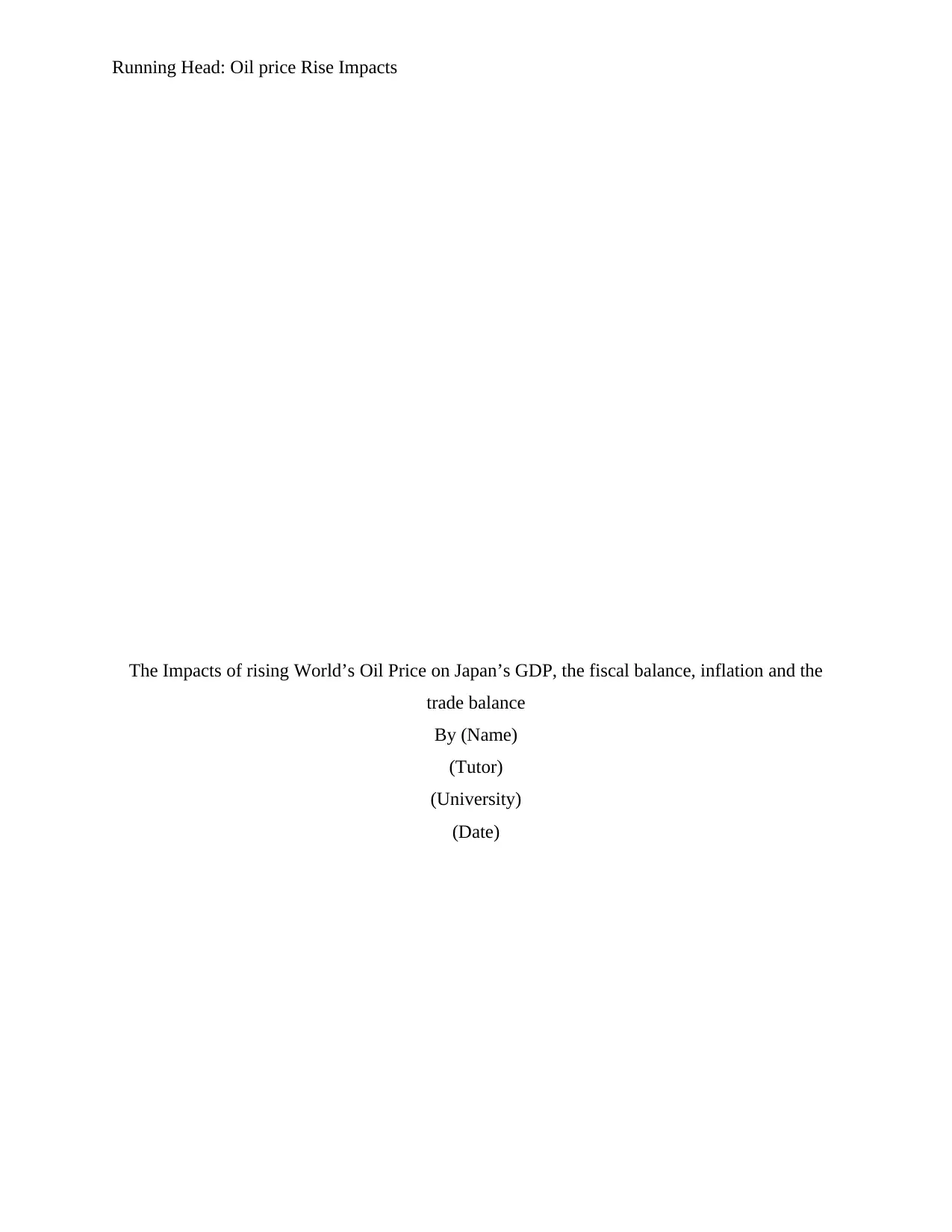
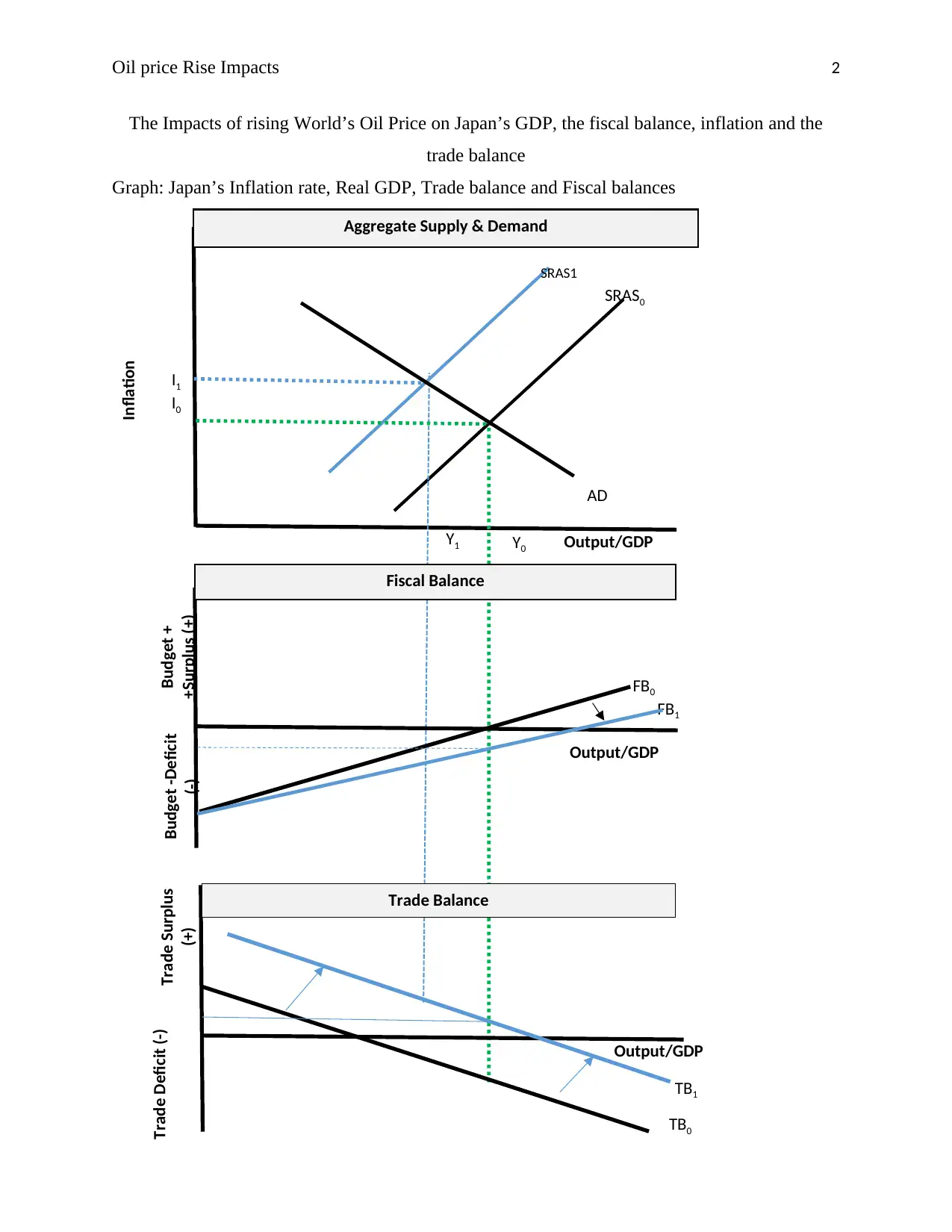
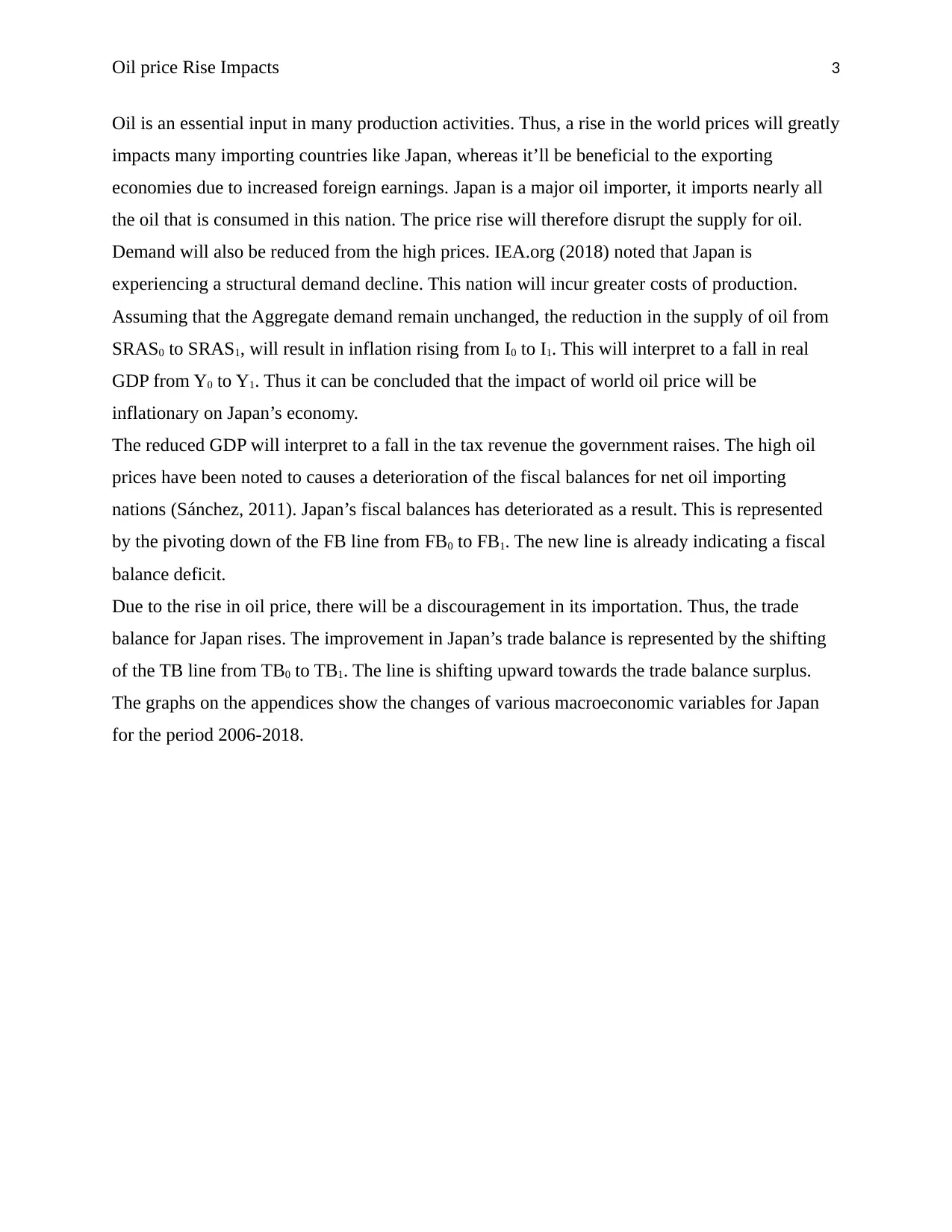

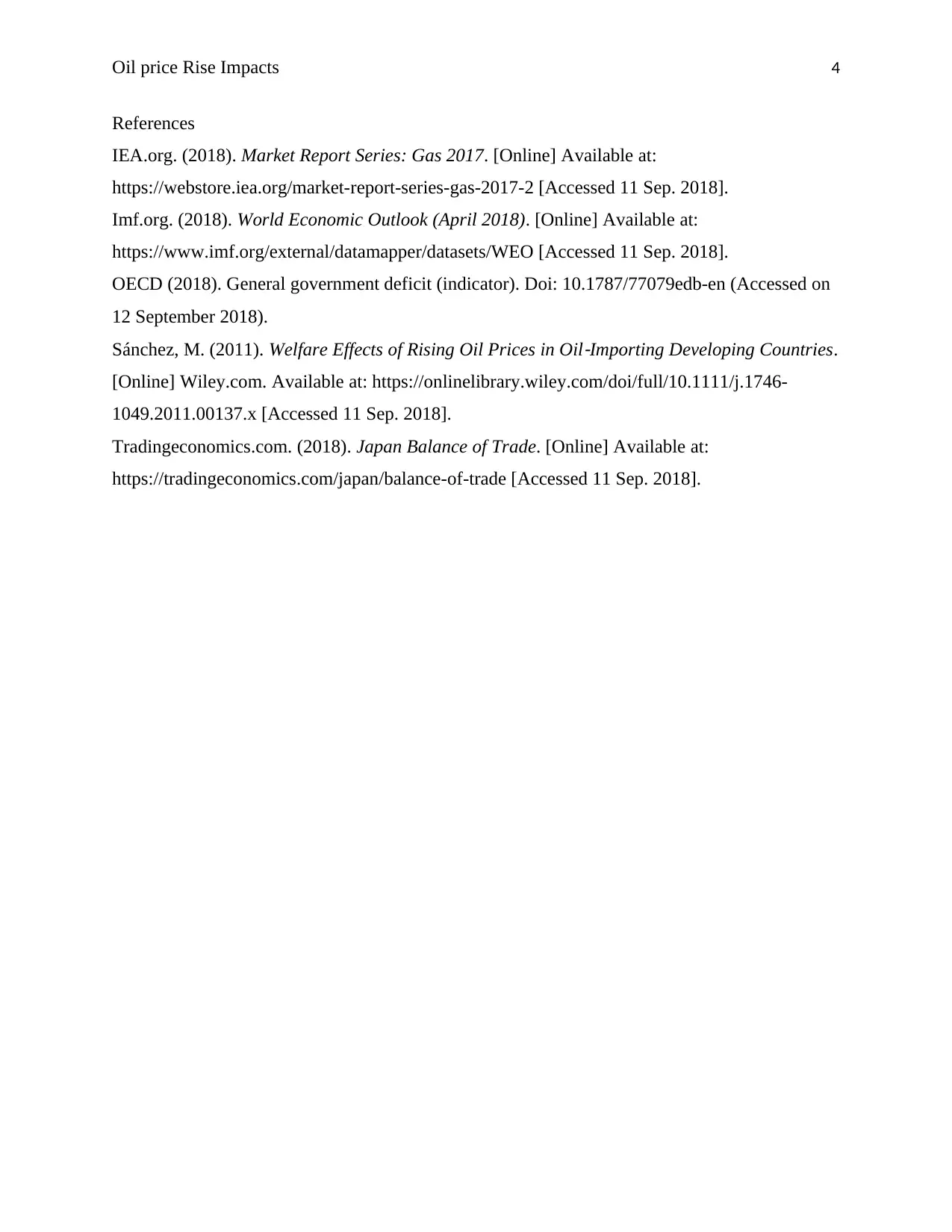
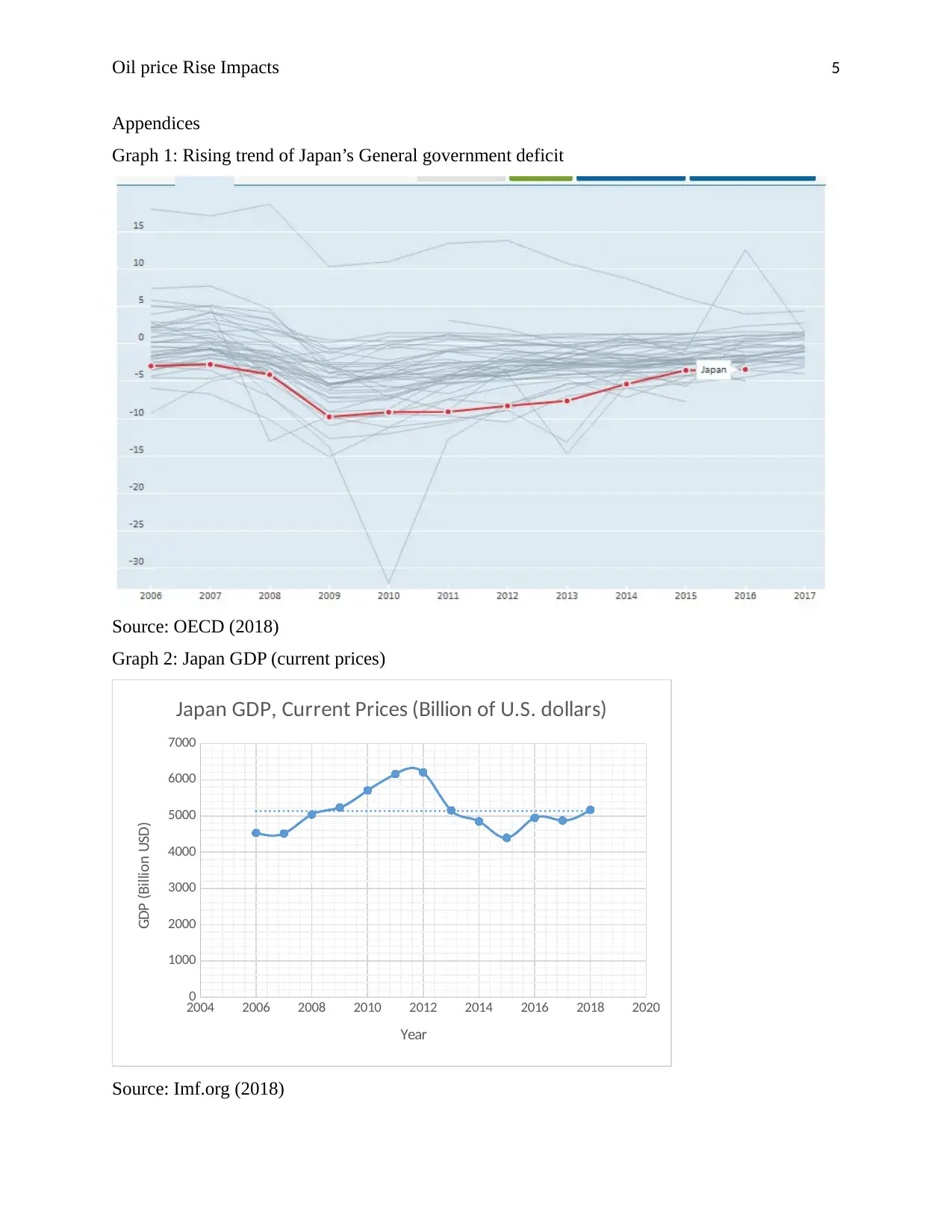
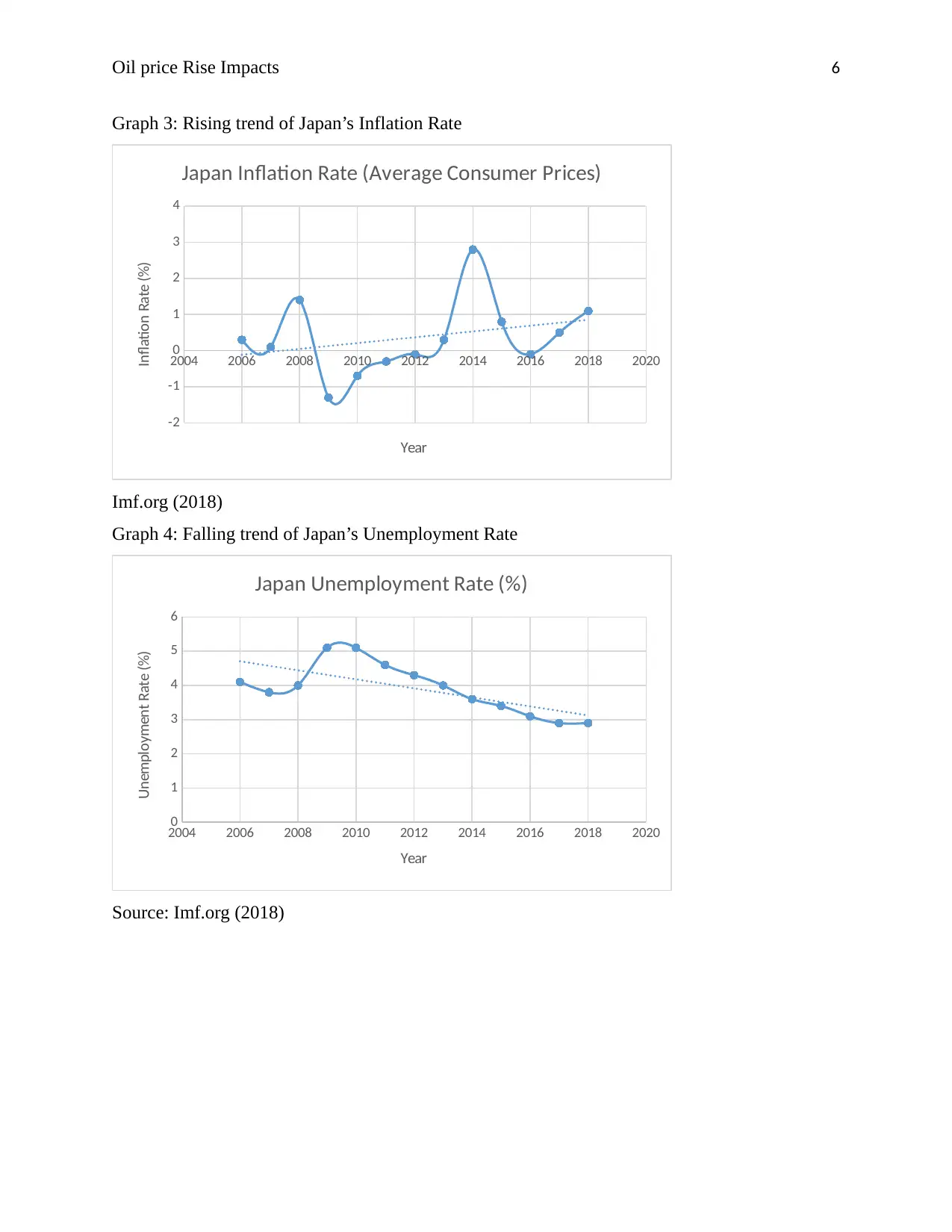
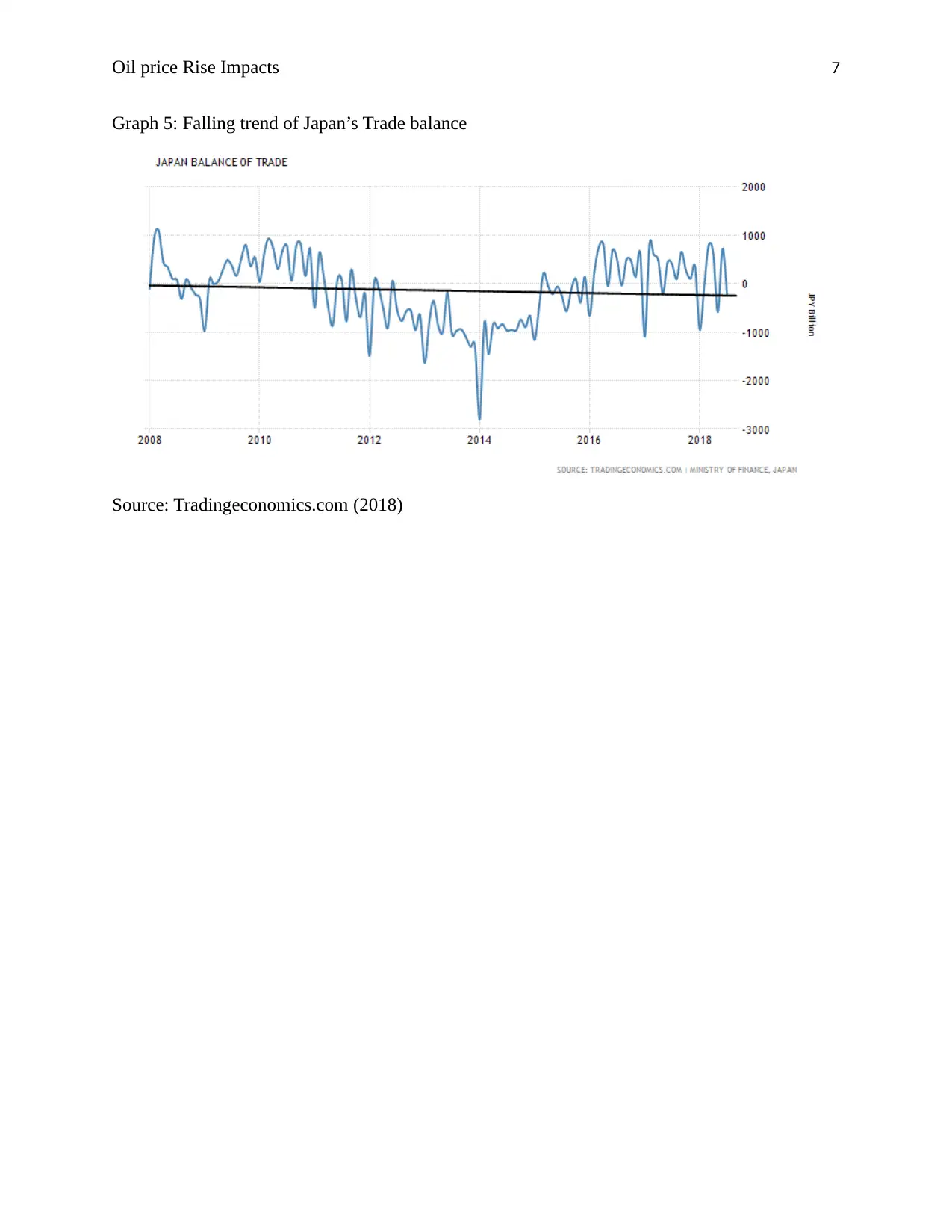
![[object Object]](/_next/static/media/star-bottom.7253800d.svg)